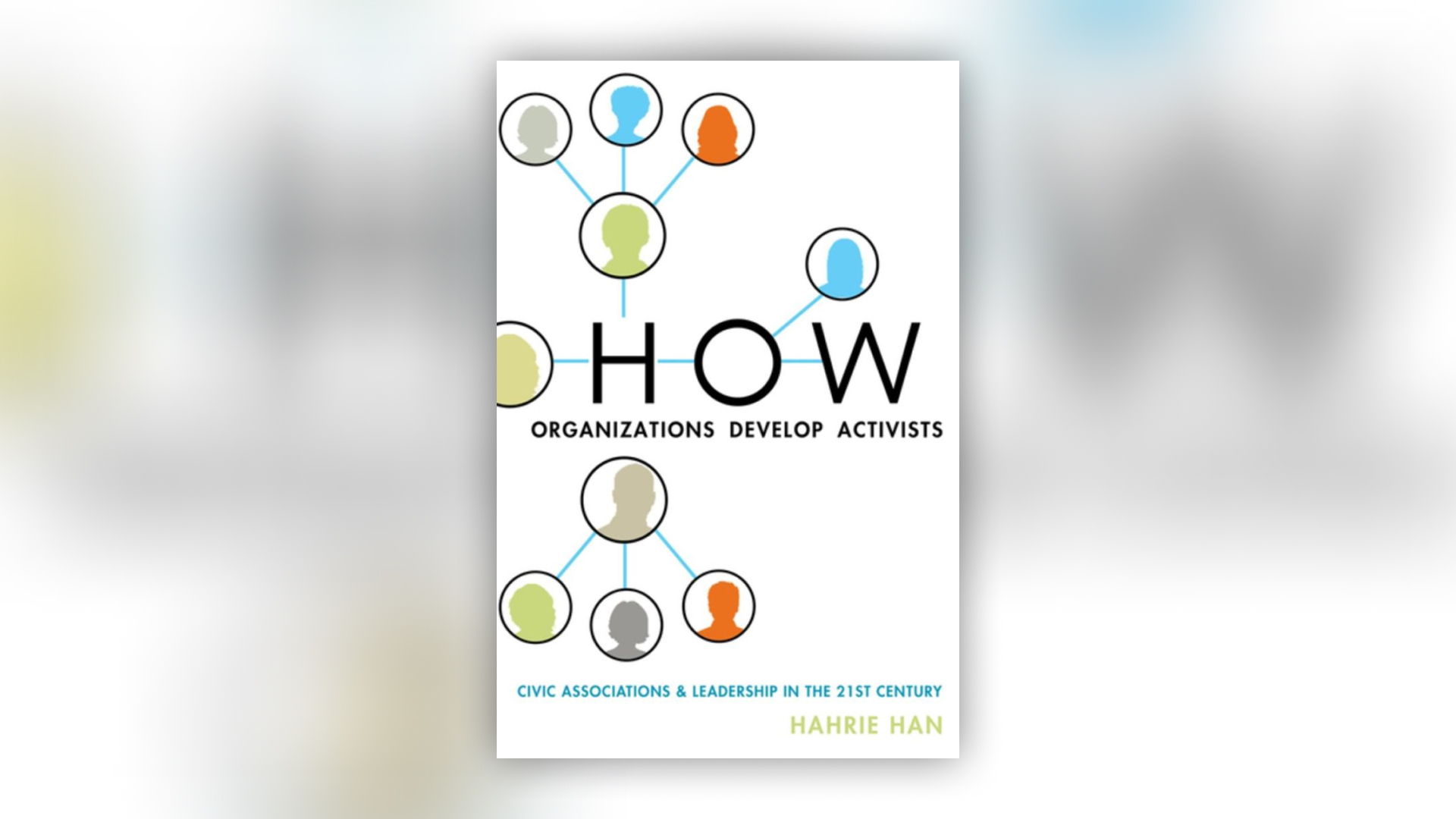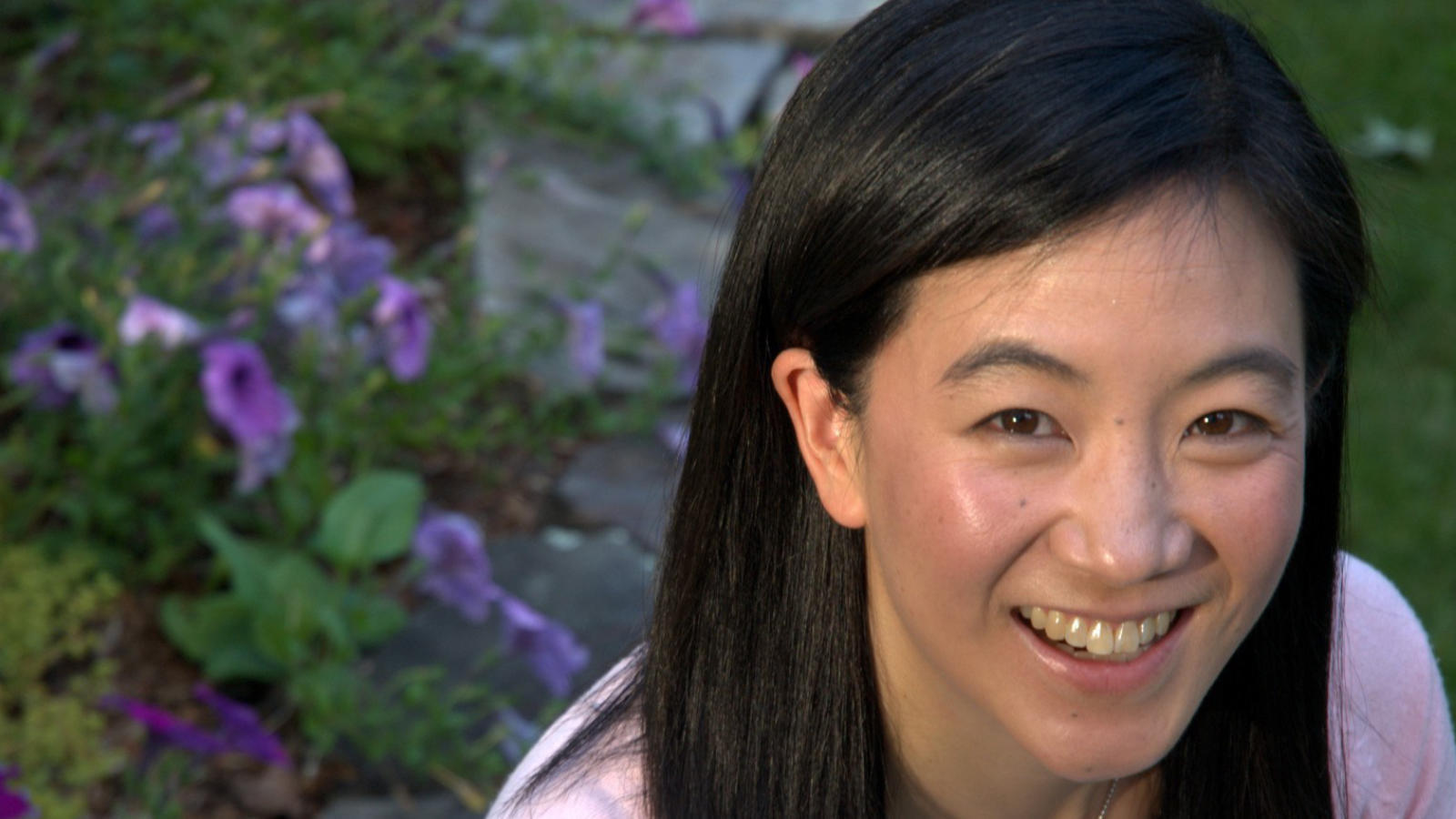Reviews
How Organisations Develop Activists by Hahrie Han
How do we recruit, maintain and develop people-led movements? Han tells all.
Stephanie Wong | 25 Jun 2018

Image credit: Act Build Change.
What makes the organizations who are really good at building people power distinct from the ones that are not as good?
Why are some civic associations better at recruiting and retaining activists than others? Why are some organisations thriving and others just keeping it together? Through in-person interviews, surveys, and field experiments from some of the most successful and struggling civic organisations, Han tells all.
Three Takeaways
- Build leadership to build power
- Broad mobilising and deep organising wins big change
- Organising is hard and necessary work
Han shares some of the secrets to building grassroots power. We learn that to build power you must build relationships. Through these relationships, you build teams to achieve common, time-bound goals and through collective training, you act effectively. Training through an organising approach ensures you win today and maintain the muscle to win tomorrow.
The rise of technology

All this activity is not adding up to something bigger
In the digital age, engagement is easier than ever and on the rise. Despite this, change-making organisations find they have less power and influence. Technology has made it easier to mobilise folks to take short-term, low effort action but Han cautions the sustainability and effectiveness of this method on its own.
Organising, mobilising and lone wolves
Han identifies three specific strategies in activism organisations: organising, mobilising, and the lone wolf.
The organizer thus makes two strategic choices: One to engage others, and two to invest in their development. The mobiliser only makes the first choice. And the lone wolf makes neither.
Relationships between members are core to the organising model: these relationships build autonomous teams and through training and coaching, the development to collectively take action. The organising approach shares power and decision making with its members. Mobilising as an approach is more top-down and focused on encouraging specific, often easy transactional encounters with as many people as possible.
To build power, we need quality and quantity (or depth and breadth) of activism. Successful organisations blend the methods of mobilising and organising and integrate them both to build power. To win transformative social change is not simply about building larger lists or mastering big data, its about the discipline of transforming activists into community leaders.
Organising is hard work
[G]etting people to do stuff more often and with more depthis not easy. It takes precious time and resources to develop relationships with members. Civic associations are most likely to do this work when it helps them build power.
The transformational work of building leaderfull communities is hard and messy. Community organising is resource heavy and takes a lot of disorganisation to bring into your organisation: but it will transform your efforts. It means really developing your members beyond one specific task or issue. Training them to lead and flourish and to go on and to teach those skills to others. To take a coaching approach in all of your work. Transferring all your skills and knowledge to each other. To do this with energy, fun and not burning out is the challenge. Han repeatedly calls attention to the intensely interpersonal work that organisers do. They build relationships, foster community, and provide activists with,
a wide range of cognitive, technical, emotional, and motivational coaching.
Her book makes clear the responsibility of us as organisers to provide experiences that transform our volunteers, community members perspective and support them to see they have the power to change the world.